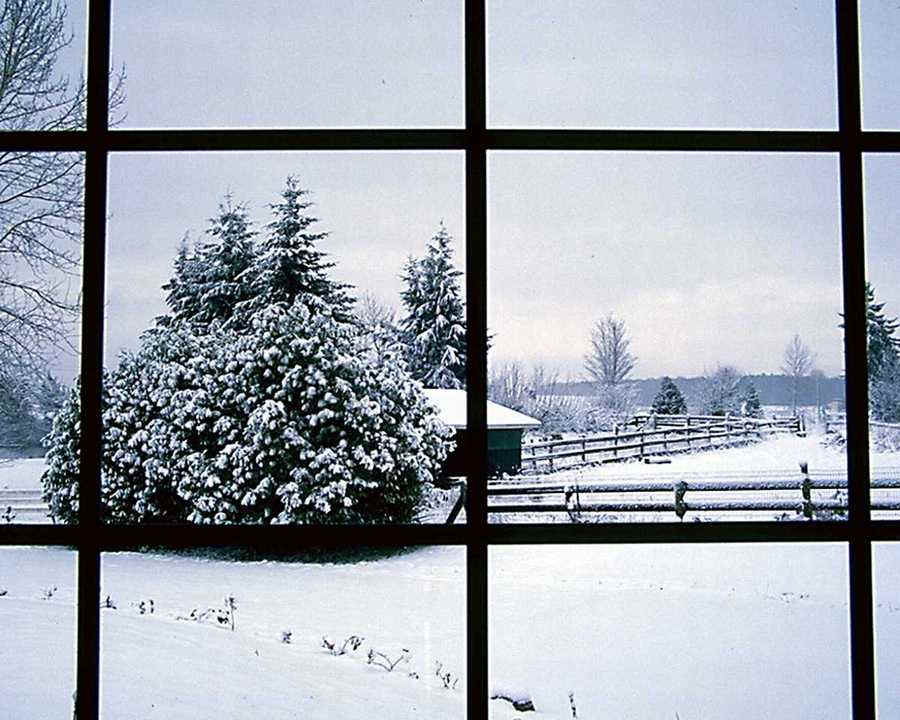A backyard fish pond offers a aesthetic addition to
your landscapes. Installing projects such as these
will offer tranquility and relaxation to the whole
family as well. However, building, constructing, and
taking care of ponds are not as easy as you think.
Much effort, planning, and money must go into these.
It is important that you think things through before
deciding on installing your very own back yard fish
pond.
Building fish ponds are not as simple as installing it
and letting it go after wards. It is a consistent and
constant endeavor, much like a hobby. Maintenance
should be done periodically. Following some of these
guidelines may aid you in installing a do it yourself
backyard fish pond.
First Tip: Utilize a plastic fish pond liner for your
pond.
In separating the fish pond from the surrounding soil,
it is better to use a plastic liner (PVC liners work
best). It prevents the escape of the aquatic plants,
fishes, and other pond contents from the fish pond. In
accordance to this, it also prevents the entry of
nutrients from the soil or other non pond materials.
This will make maintenance and cleaning easier since
you will only have to deal with the mess and dirt of
the pond itself and the fish that live there.

In building the pond of your preferred size, pond
liners are the option to choose. Usually, they are
utilized for large ponds that do not have pre-formed
sizes available.
However, it is imperative that you choose the right
size of the pond liner. Pond lines or liners are used
for any size of pond. The sizes available for this
kind of pond is 10’ x 15’ to 20’ x 25’ or larger. This
can allow you to build a pond to your preferred size
either by using them individually or by connecting
together two or more pond liners with an adhesive
especially made for this material.
A cement pond liner will also do, however, this option
is more expensive and may require extra labor in
constructing.
Second Tip: Avoid low lying areas.
Installing you fish pond in an area where runoff water
from your lawn flows is one big no-no. This runoff
water will only accumulate in your fish pond, causing
it to overflow and become dirty as well. This is one
of the common mistakes of do-it-yourself pond
projects. Maintaining a fish pond is difficult enough
without excess dirty water coming from your lawn.
On the contrary, installing the pond in an area a
little above the ground or in high parts of the lawn
will prove to be easier to maintain.
Third Tip: Provide sufficient sunlight.
This means that placing the pond in shady areas will
not enhance the growth of the aquatic life. On the
other hand, placing it in an area where too much sun
shines will just cause them to die. Place your pond
where there is enough sunlight to seep through. Most
aquatic plants need sunlight to grow, but some do not.
Research on what plants suit your weather best.

Fourth Tip: Water your plants.

Adding a variety of aquatic plants may decrease the
excess nutrients in the pond. They will also hamper
algae growth that makes the pond murky and dirty.
Consulting your local pond professional is also an
option. Not only will they provide advices to make
your project work, they may also make your work easier
to do.
Dan and Deanna "Marketing Unscrambled"






